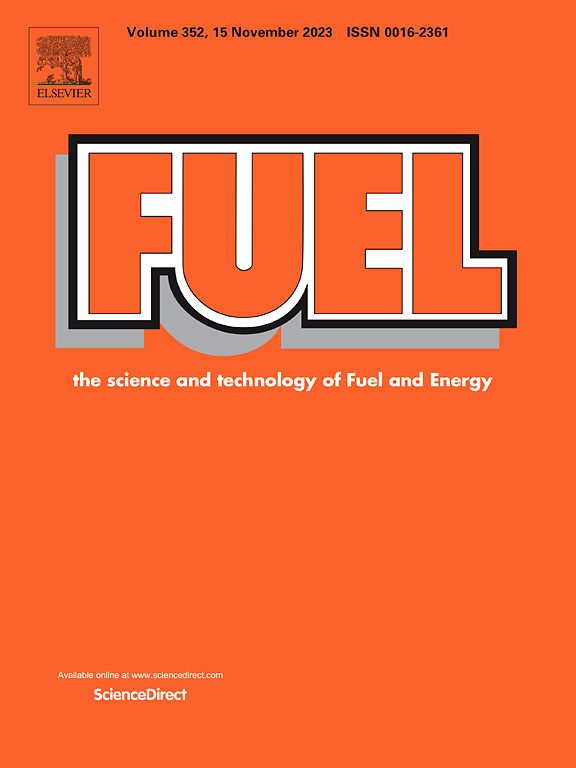Modeling porous media impairment by asphaltenes caused by pressure reduction
IF 7.5
1区 工程技术
Q2 ENERGY & FUELS
引用次数: 0
Abstract
Porous media impairment by asphaltenes, precipitating from oil due to a pressure reduction below the onset precipitation pressure, is modeled. Two major impairment mechanisms are accounted for by a model developed. First, submicron-sized asphaltene particles, driven by Brownian motion, deposit on porous media surfaces causing a decrease in an equivalent hydraulic radius that leads to a rock permeability reduction. Second, particles agglomerate with each other and relatively large agglomerates plug pore throats contributing into the impairment process. A porous medium is represented by a set of capillary channels with permeability equal to that of real porous rock. Evolution of particle size distribution due to agglomeration is modeled by population balance approach. A process of removal of deposited asphaltenes from pores, caused by entrainment with a viscous flow, is accounted for by an empirical function. The impairment process in a long slimtube, for which experimental data are available, is modeled. The computational results are compared with the experimental ones and meticulously analyzed. A negligibly small contribution of pore plugging into total asphaltene impairment, caused by a pressure drop, is revealed. It is also concluded that only a minor fraction of deposited asphaltenes damages porous medium, whereas the vast majority is flushed away with a flow. An applicability of the model developed to simulation of cylindrical reservoir impairment by asphaltenes is also discussed.
模拟压力降低导致沥青质对多孔介质的损害
模拟了由于压力低于初始沉淀压力而从石油中沉淀的沥青质对多孔介质的损害。两个主要的减值机制是由一个模型来解释的。首先,在布朗运动的驱动下,亚微米级的沥青质颗粒沉积在多孔介质表面,导致等效水力半径减小,从而导致岩石渗透率降低。其次,颗粒相互聚集,较大的颗粒堵塞孔喉,导致损伤过程。多孔介质由一组毛细管通道表示,其渗透率与实际多孔岩石的渗透率相等。采用种群平衡方法对颗粒粒径分布的演化过程进行了建模。由粘性流体夹带引起的沉积沥青质从孔隙中去除的过程,可以用经验函数来解释。对有实验数据的长细管损伤过程进行了建模。将计算结果与实验结果进行了比较,并进行了细致的分析。结果表明,由压降引起的孔隙堵塞对总沥青质损害的贡献很小,可以忽略不计。研究还表明,沉积的沥青质中只有一小部分会破坏多孔介质,而绝大部分会随流体冲走。讨论了该模型在模拟沥青质对圆柱形储层损害中的适用性。
本文章由计算机程序翻译,如有差异,请以英文原文为准。
求助全文
约1分钟内获得全文
求助全文
来源期刊

Fuel
工程技术-工程:化工
CiteScore
12.80
自引率
20.30%
发文量
3506
审稿时长
64 days
期刊介绍:
The exploration of energy sources remains a critical matter of study. For the past nine decades, fuel has consistently held the forefront in primary research efforts within the field of energy science. This area of investigation encompasses a wide range of subjects, with a particular emphasis on emerging concerns like environmental factors and pollution.
 求助内容:
求助内容: 应助结果提醒方式:
应助结果提醒方式:


